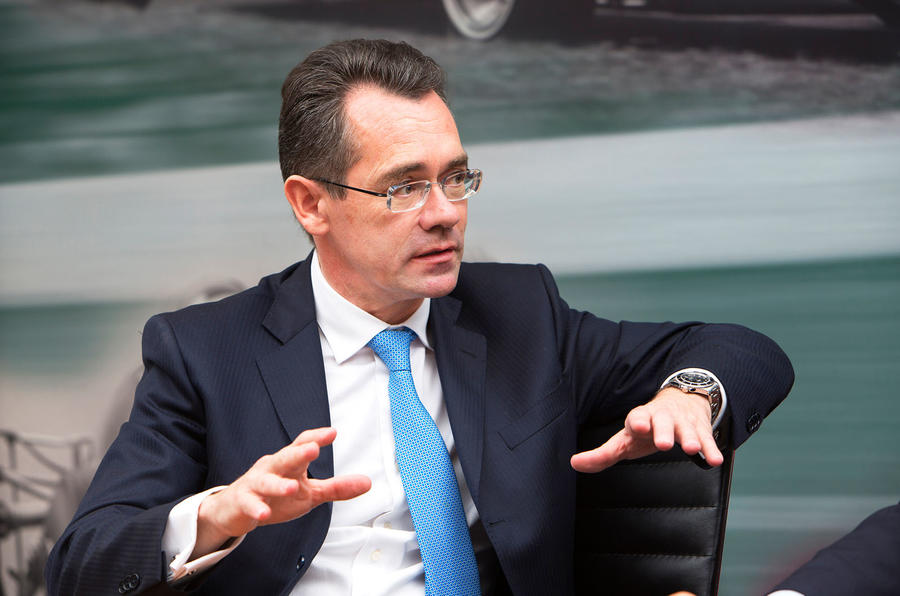Lotus is officially in recovery. The Norfolk-based sports car maker, beleaguered and unprofitable for at least five years, is well advanced with a ‘logic-based’ revival plan that is already boosting car sales and dealer numbers.
The strategy will soon yield an exciting series of design and mechanical changes designed to boost the performance, practicality and desirability of every Hethel-built model.
The plan is the brainchild of Lotus’s new chief executive, Jean-Marc Gales, and contrasts heavily with the flamboyant, multi-launch ambitions of previous chief Dany Bahar, whose plans brought Lotus close to disaster. Gales, a Lotus enthusiast since childhood and a former chief of Peugeot-Citroën, is depending on his big-company experience to move Colin Chapman’s unique business on to new, more secure foundations.
Lotus was last in the news with an announcement of 300 redundancies from a workforce of 1200, but Gales believes that following this “very regrettable” event, the company is now correctly configured for recovery.
“When I arrived six months ago we had 1200 people making 1200 cars a year,” says Gales. “We could not have survived like that. Now we are 900 people, and this year we will make around 2000 cars. Next year the figure should be 3000 cars, then 3000 for several more years. This will change the equation completely.”
Ultimately, Gales believes Lotus is capable of volumes close to 10,000 cars a year if it takes lessons from other specialist car makers, notably Porsche, and moves to building four-door models – still at Hethel – for a completely new sector. He won’t yet discuss specifics (“let’s make a success of our first stage”), but Lotus could, for example, use a Proton body to produce an own-design SUV predominantly for sale in south-east Asia, where demand is greatest.
Gales worked in Volkswagen’s top management when legendary group chief Ferdinand Piech realised that for a relatively low investment Porsche could produce a performance SUV – the Porsche Cayenne – from the major components of the Volkswagen Touareg.
At present, such things are dreams, and Gales insists any exciting future at Lotus depends on improving the existing cars and business. The company has just announced a six-speed automatic version of its Lotus Exige S that is certain to be popular in Asia and has a revised version of the Elise called S-Cup waiting in the wings. In order to sell these new cars, the dealer count will have swollen from 145 to 205 by the end of next year.














Add your comment
any chance?
Lotus' lightweight architecture
VAG Platform sharing.